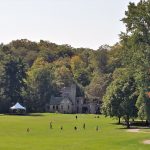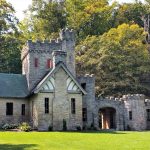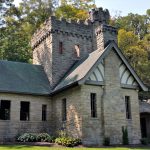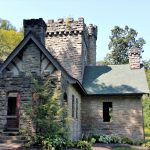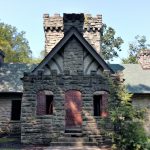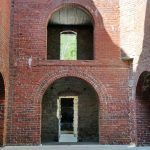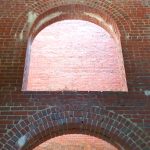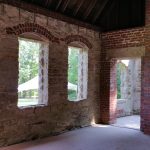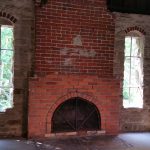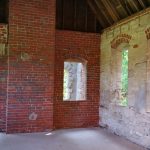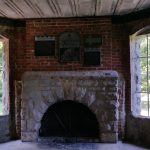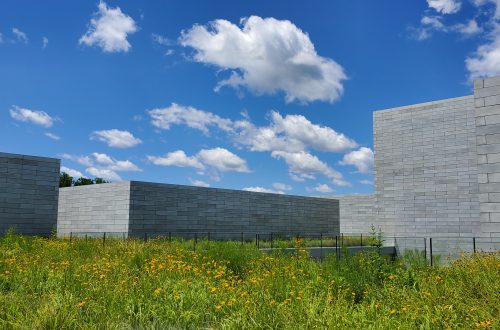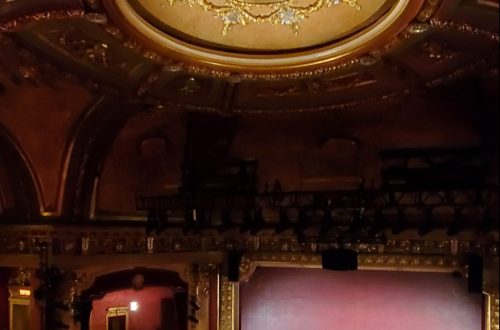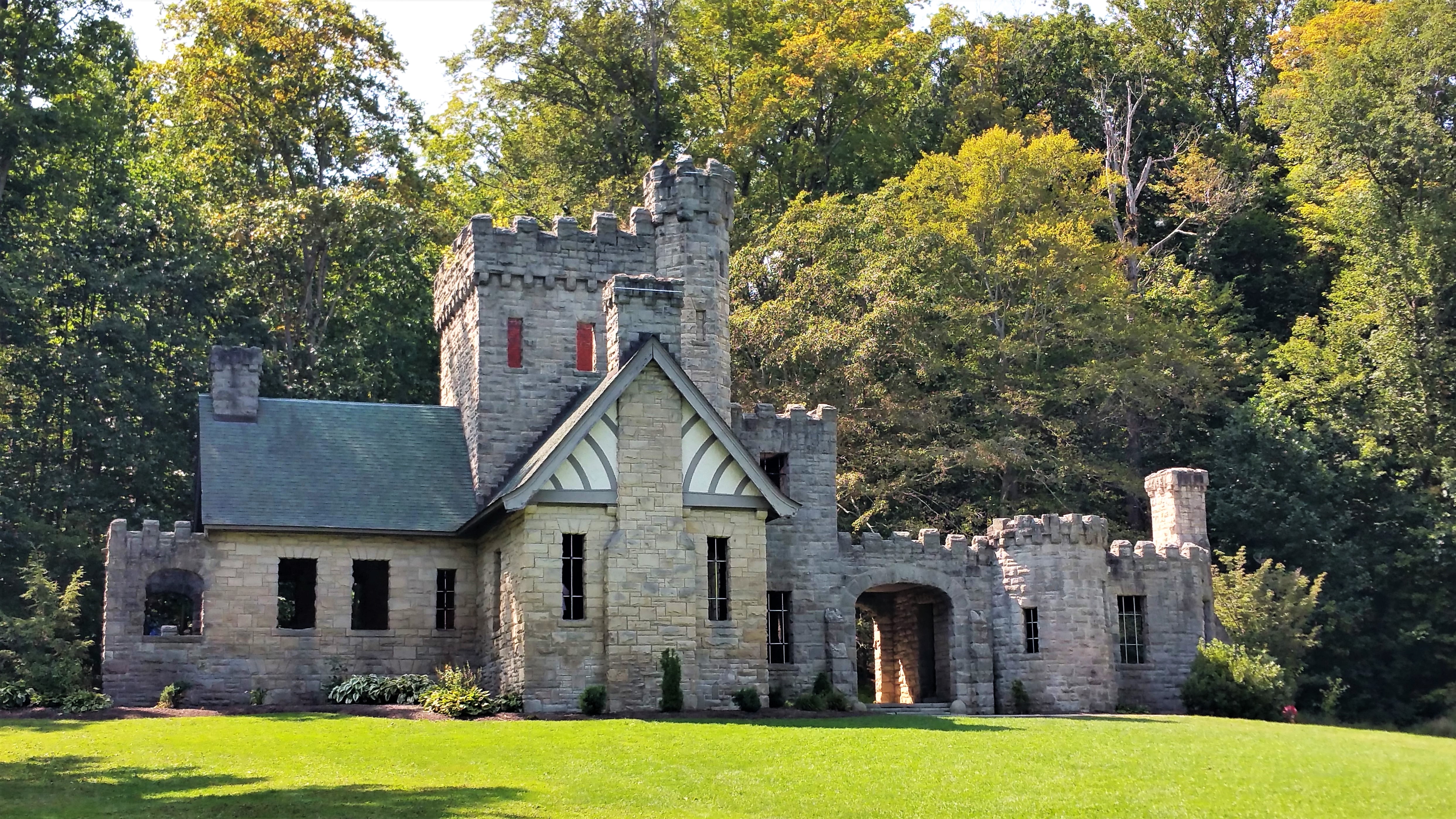
Squire’s Castle- Willoughby Hills, OH
From a distance, Squire’s Castle looks straight out of a Fairy Tale. As you get closer, the reality is a bit darker, a bit more Blair Witch. While still undeniably beautiful, it’s clear the building is long abandoned- a sad stone shell, open to the elements. What remains is a haunting glimpse of the past, a melancholy reminder of a grand Gilded Age estate that never materialized.
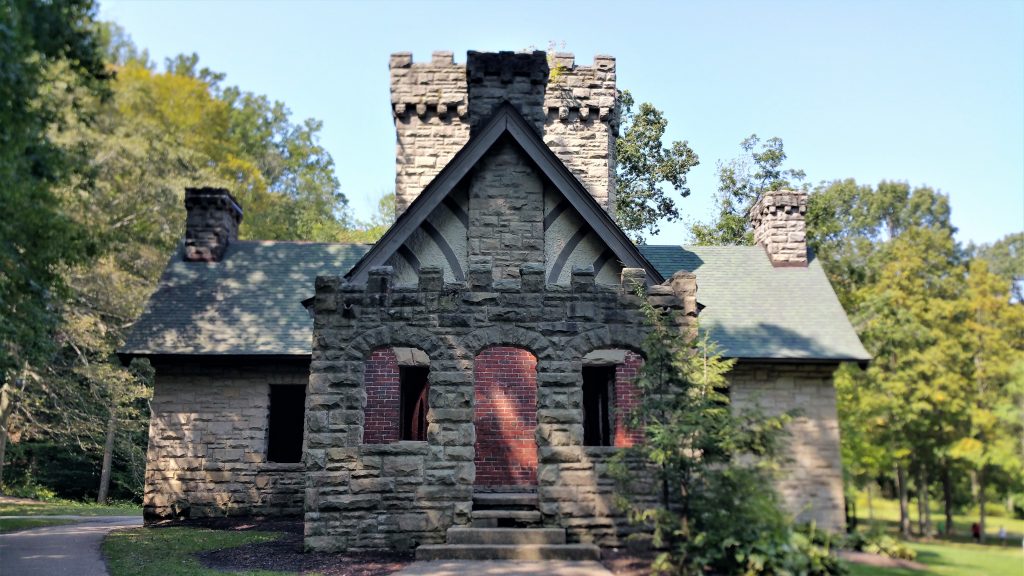
In 1890, Feargus B. Squire, vice president of Standard Oil, purchased 525 acres in Chagrin Valley, Ohio for the purpose of constructing a grand English style estate. He immediately started to improve the area, building roads and bridges, followed in 1895 by a stately Romanesque Revival gatekeeper’s house. Constructed of locally quarried Euclid bluestone and brick, the structure was somewhat rustic, but comfortable.
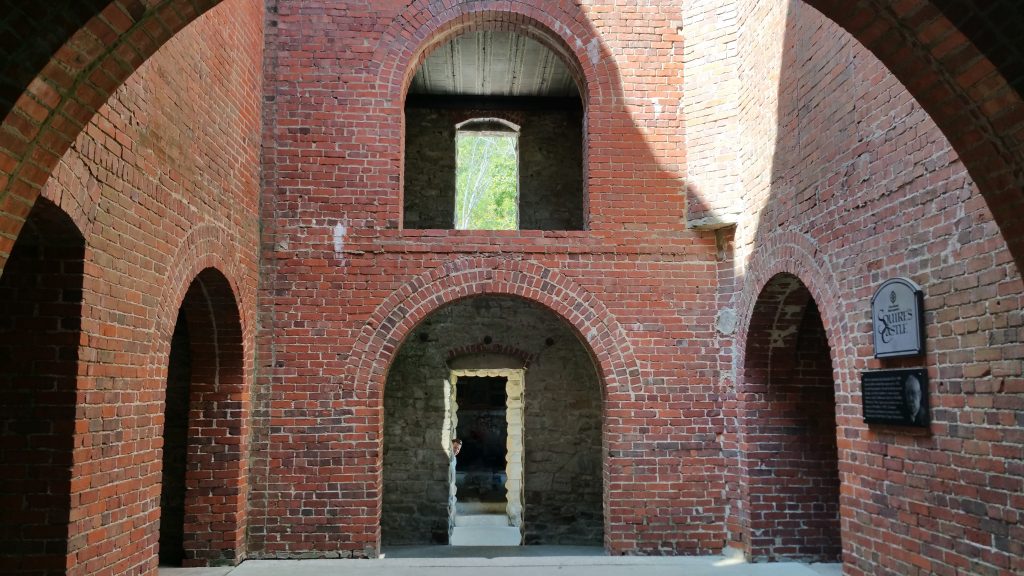
Inside, the walls were covered in white plaster and carved woodwork, with large leaded windows that looked out over the property. The first floor included a large arched Great Hall, several living areas, and a library, where Squire displayed his prized hunting trophy’s; the top two floors contained several bedroom suites.
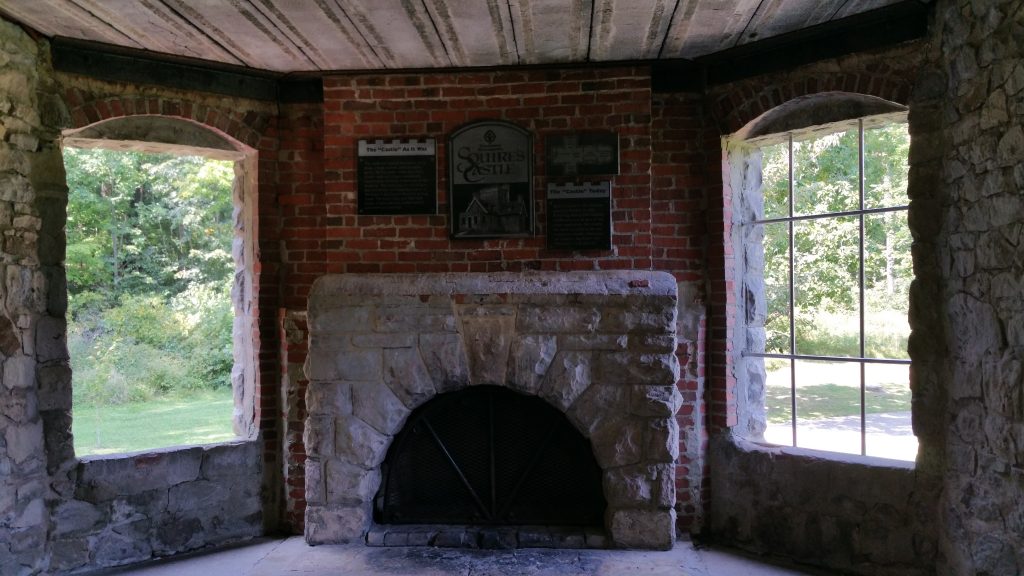
However, it seems Squire never consulted with his wife regarding his grand plan; she had no desire to live in the country on an isolated compound, and convinced him to build an estate in nearby Wickliffe instead. Although the main residence was never constructed, for a time Squire used the gatehouse as a weekend retreat. In 1922, he sold the property to a private developer, who went bankrupt before actually developing the land. The property was then seized by the bank, who later sold it to The Cleveland Park Board.
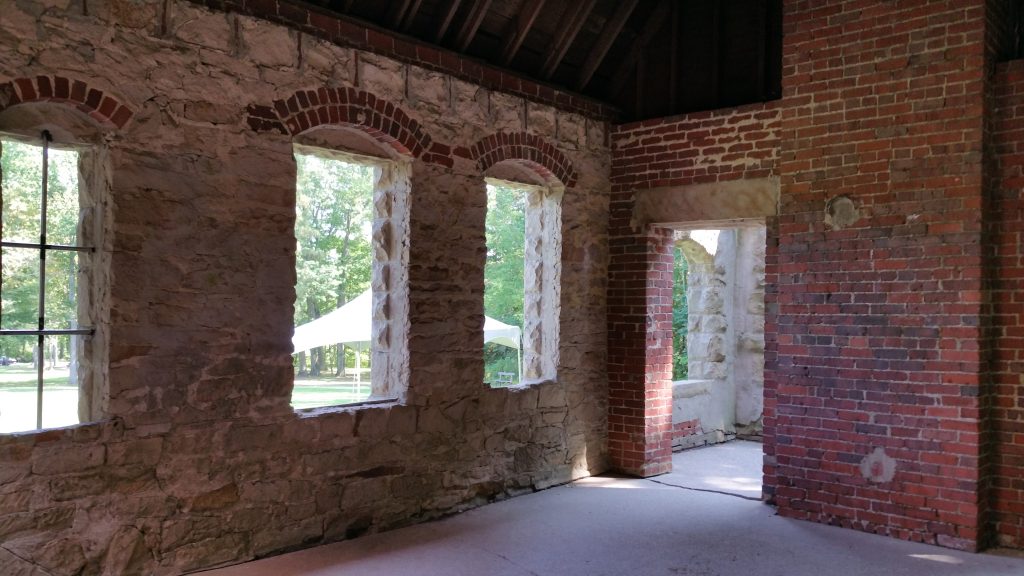
The Park Board filled in the basement, closed off the upper stories, and removed what remained of the gatehouse’s flooring, fixtures, and windows- which wasn’t much. Vandals had already long removed anything of value from the structure. Once stabilized and somewhat restored, the ruins were opened to the public as part of the park. Both eerie and elegant, it is a photographer’s dream.
